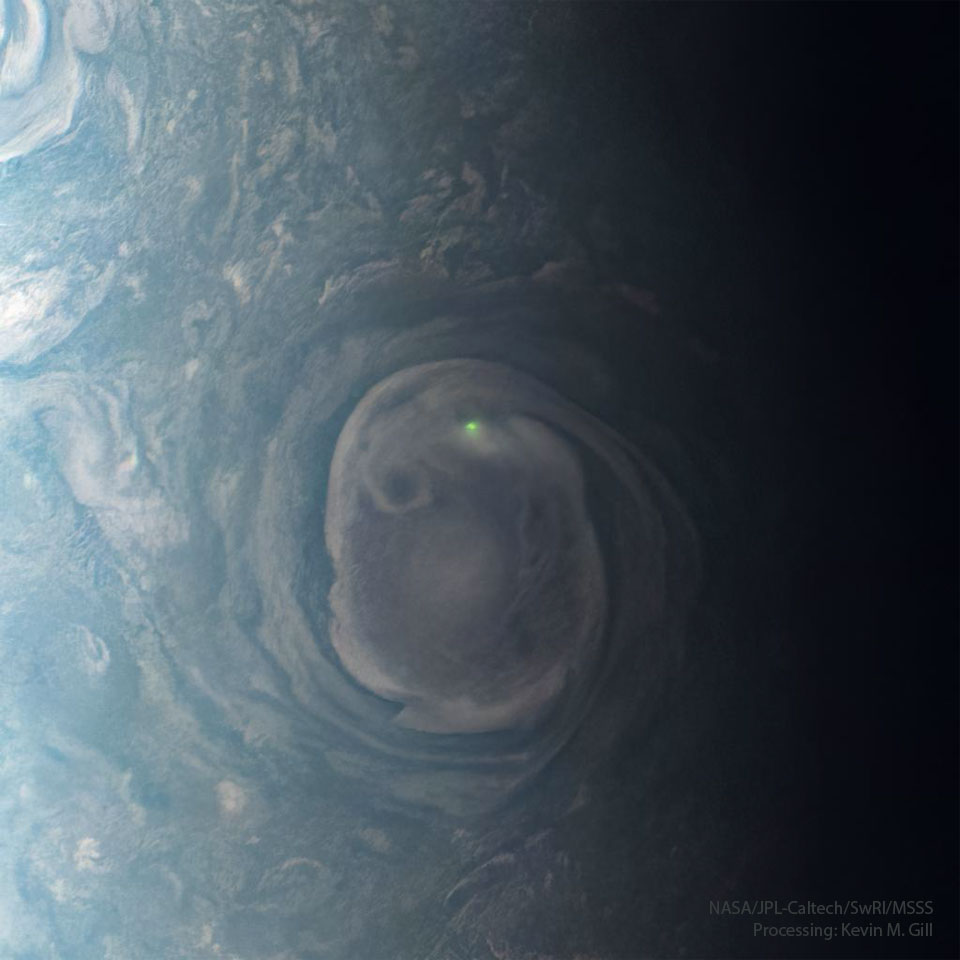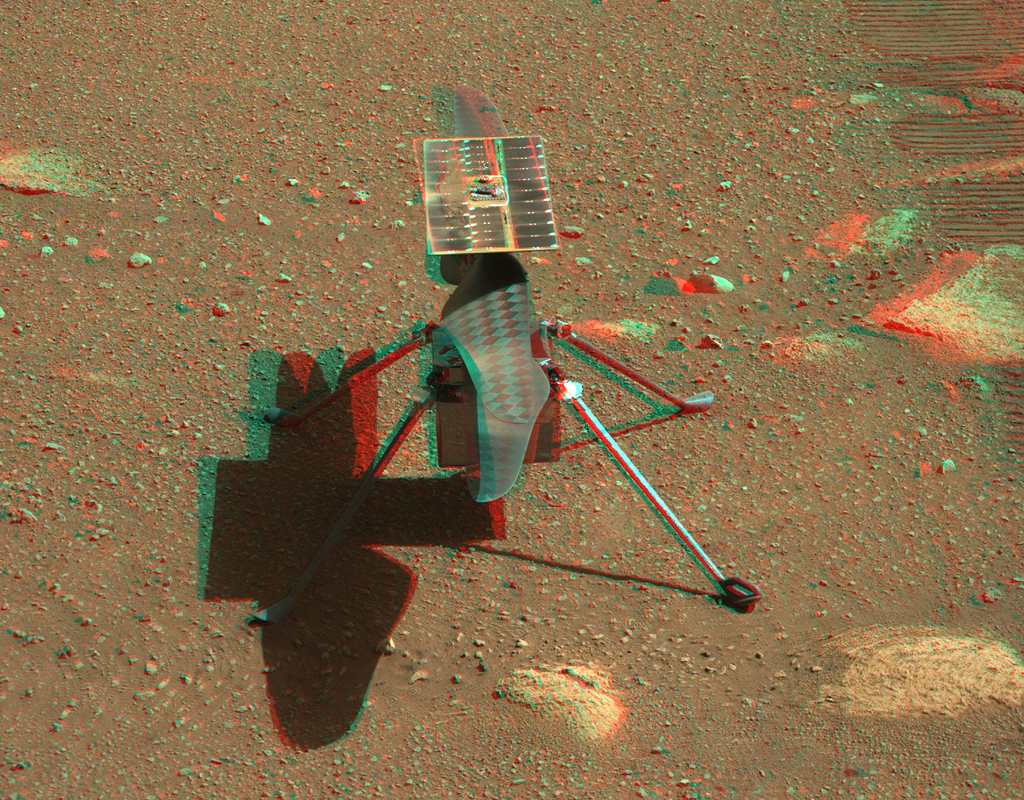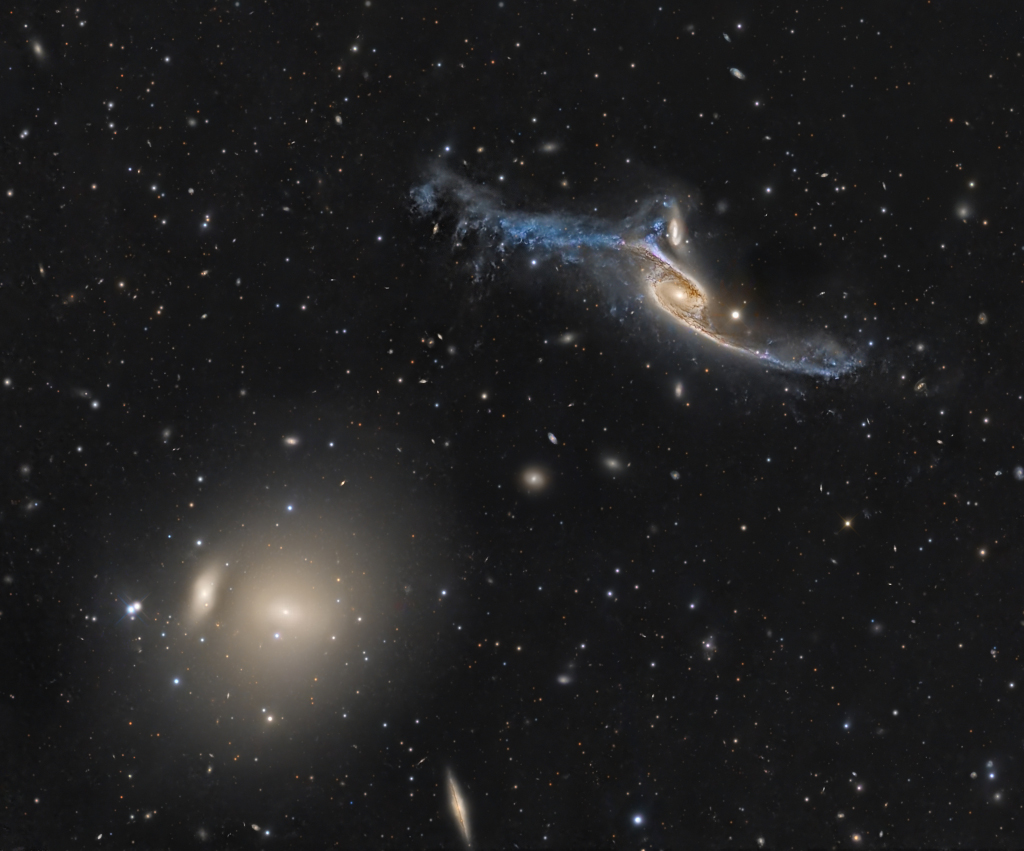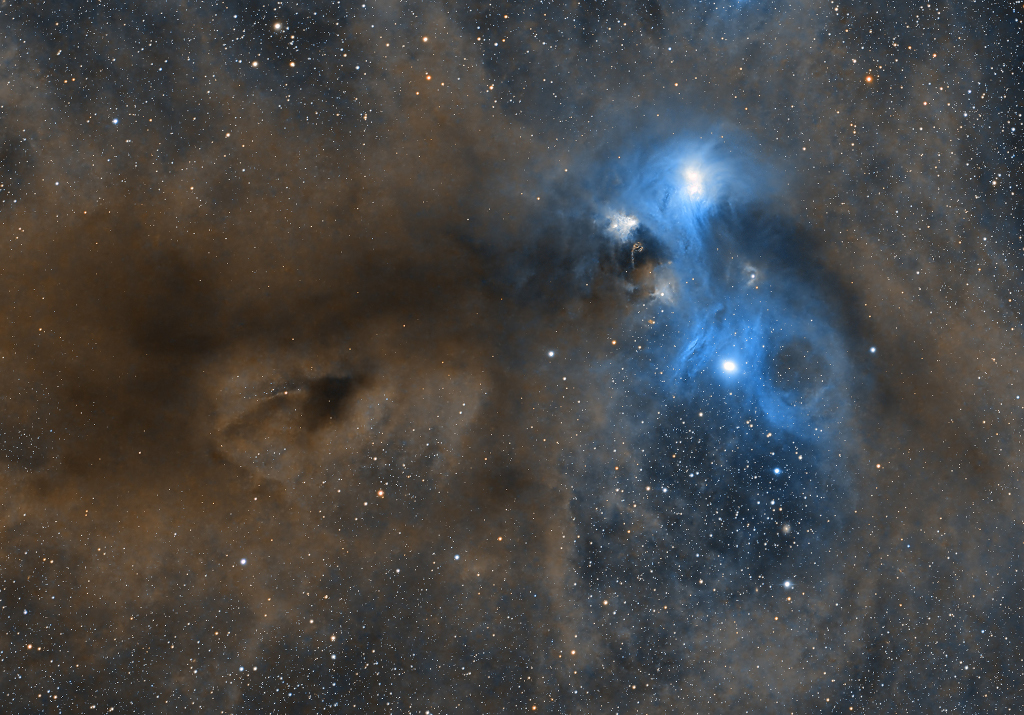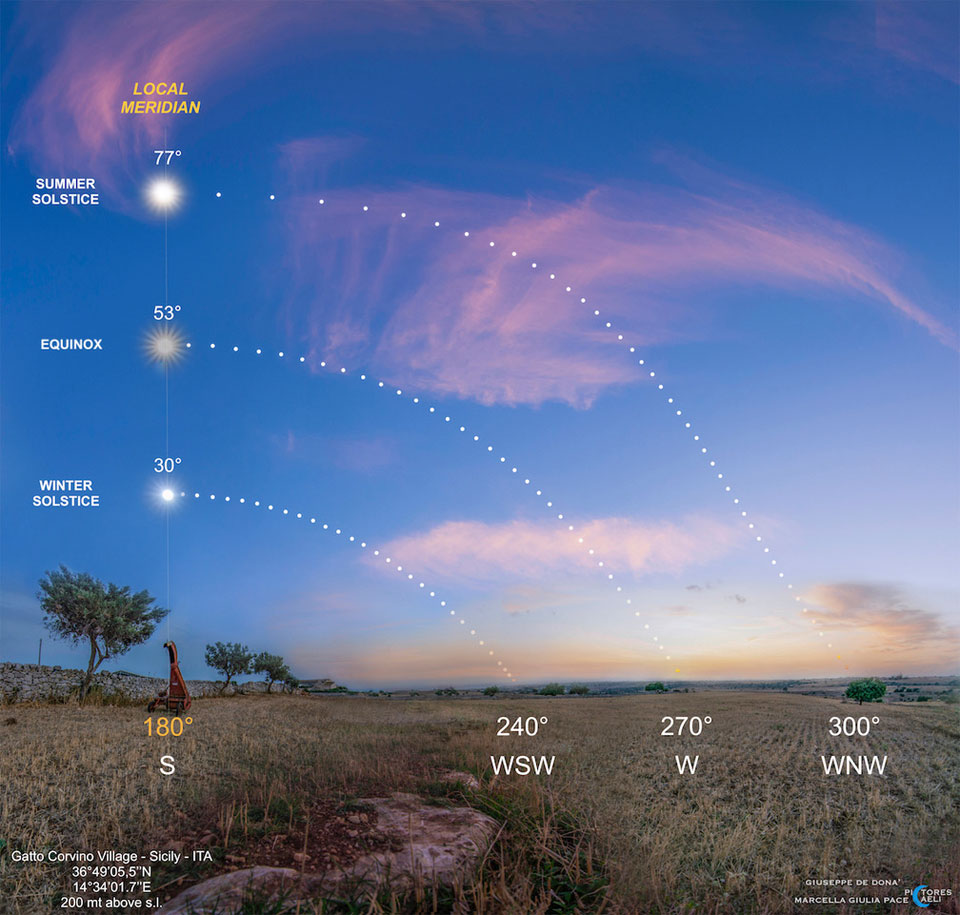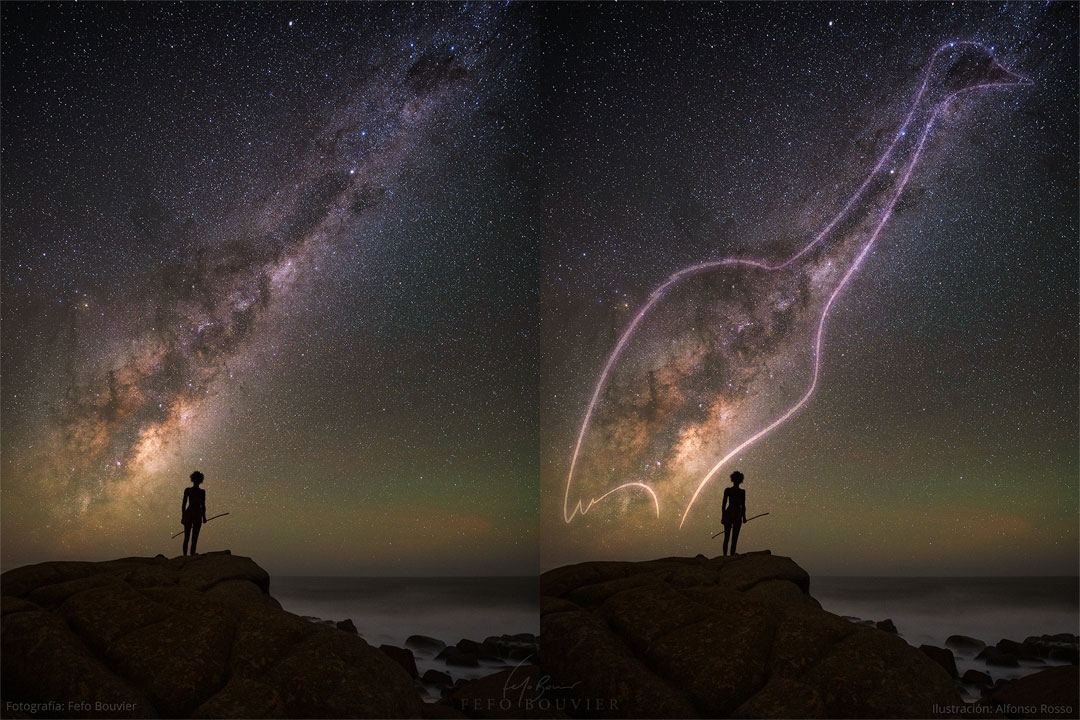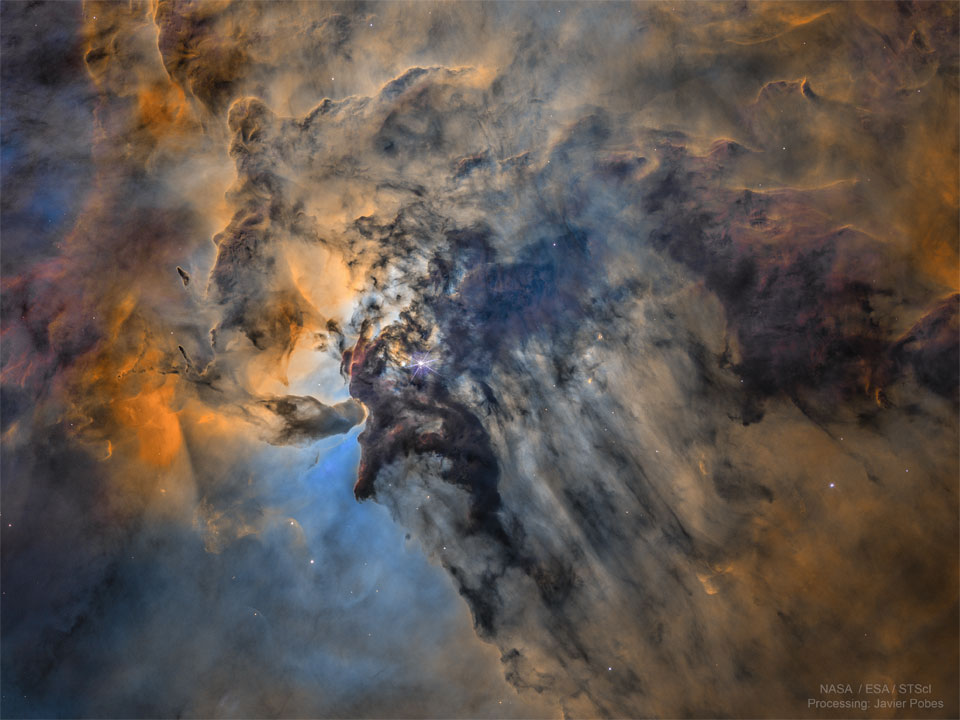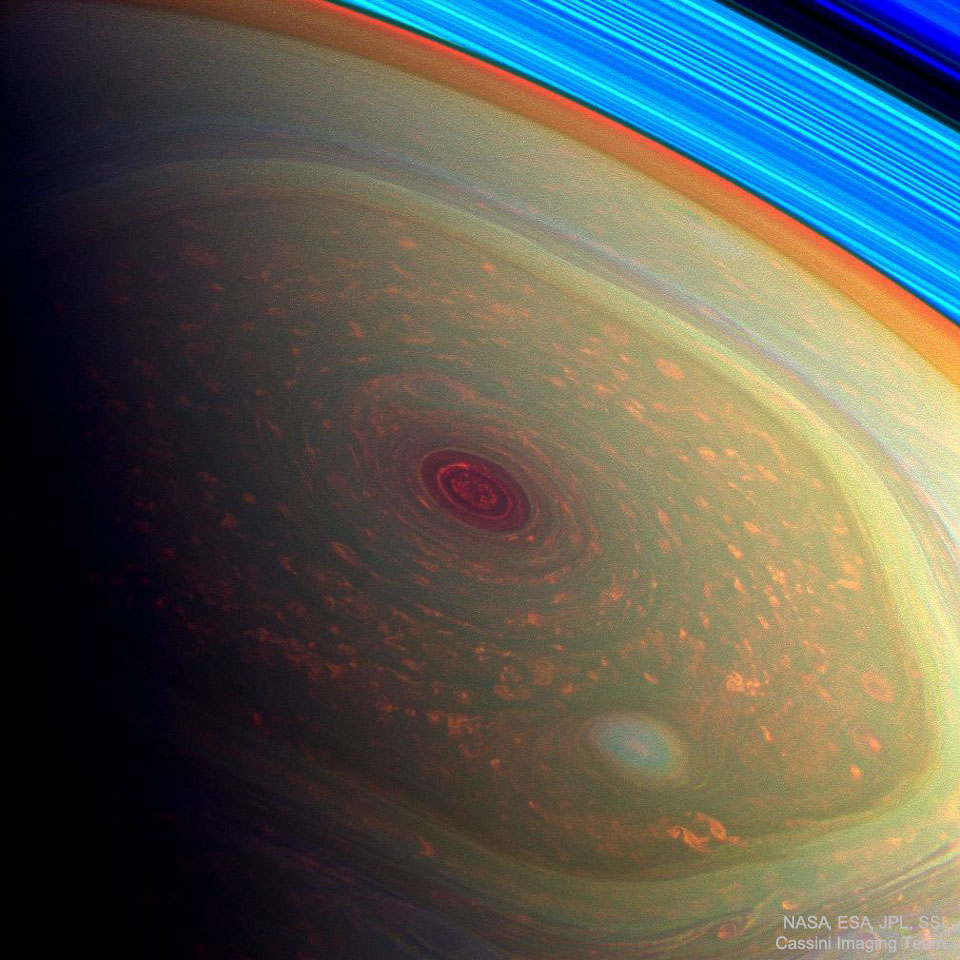안녕하세요, 잡학다식 입니다. 오늘은 과연 나사에서 어떤 방식으로 우주의 형상을 표현해 줄까요?
우선 이미지부터 볼 수 있도록 하겠습니다
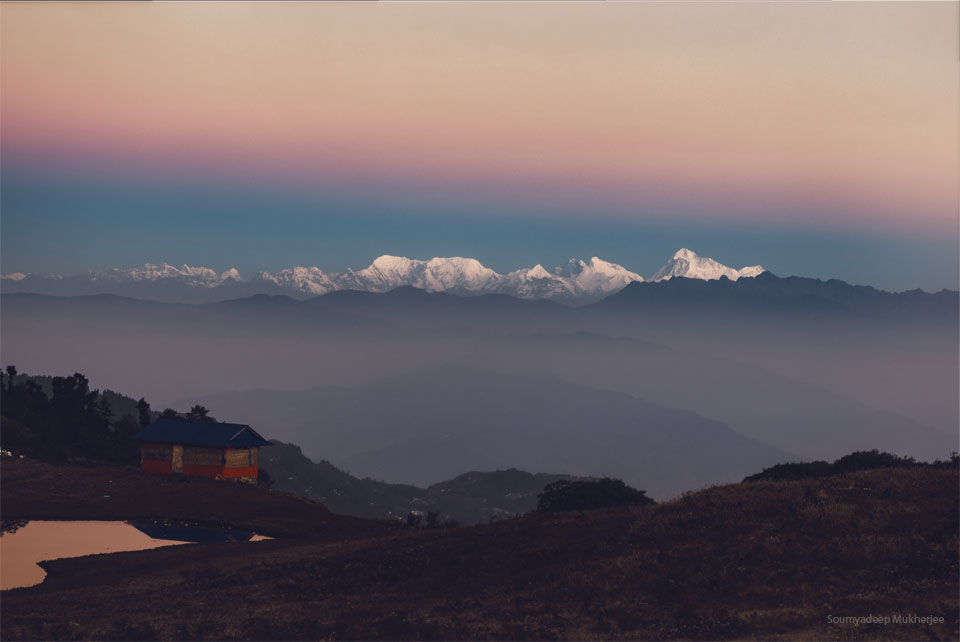
해당 사진의 이름은 The Belt of Venus over Mount Everest 인데요 우선 NASA에서 공식적으로 발표한 설명들을 확인해 보겠습니다
You've surely seen it, but you might not have noticed it. During a cloudless twilight, just before sunrise or after sunset, part of the atmosphere above the horizon appears slightly dark and off-color. Called the Belt of Venus, this transitional band between the dark eclipsed sky and the bright day sky can be seen most prominently in the direction opposite the Sun. Straight above, blue sky is normal sunlight reflecting off the atmosphere, while near the horizon the clear sky can appear more orange or red. In the Belt of Venus, the atmosphere reflects more light from the setting (or rising) Sun and so appears more red. Featured here, the Belt of Venus was photographed over several Himalayan mountains including, second from the right, Mount Everest, the tallest mountain on Earth. Although usually not mentioned, the belt is frequently caught by accident in other photographs.
이번에도 광활한 우주 앞에 인간이 얼마나 작은 존재인지 다시 한번 알게 되는것 같습니다
저는 내일도 더 좋은 사진과 함께 돌아오겠습니다, 그럼 행목한 하루 되시길 바랍니다
'과학상식' 카테고리의 다른 글
| NASA 나사의 오늘의 이미지들 (2023-06-29) (0) | 2023.06.30 |
|---|---|
| NASA 나사의 오늘의 이미지들 (2023-06-27) (0) | 2023.06.28 |
| NASA 나사의 오늘의 이미지들 (2023-06-25) (0) | 2023.06.26 |
| NASA 나사의 오늘의 이미지들 (2023-06-24) (0) | 2023.06.25 |
| NASA 나사의 오늘의 이미지들 (2023-06-23) (0) | 2023.06.24 |
